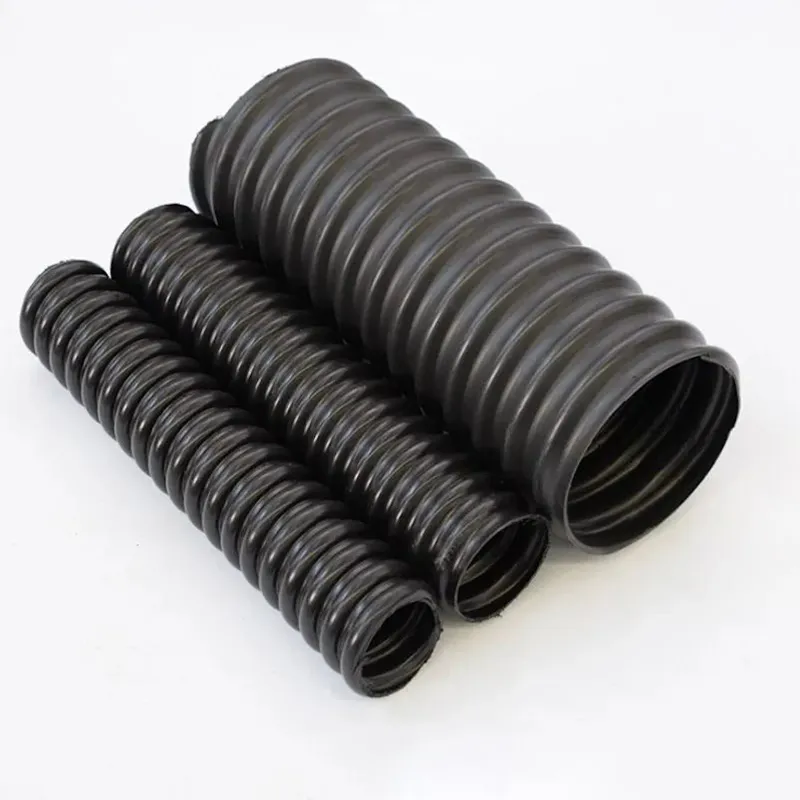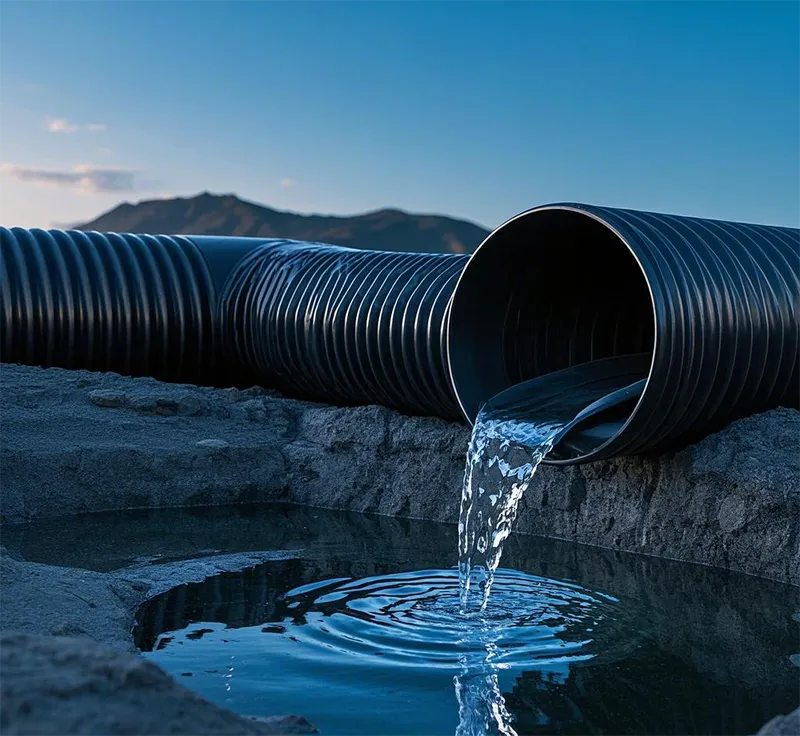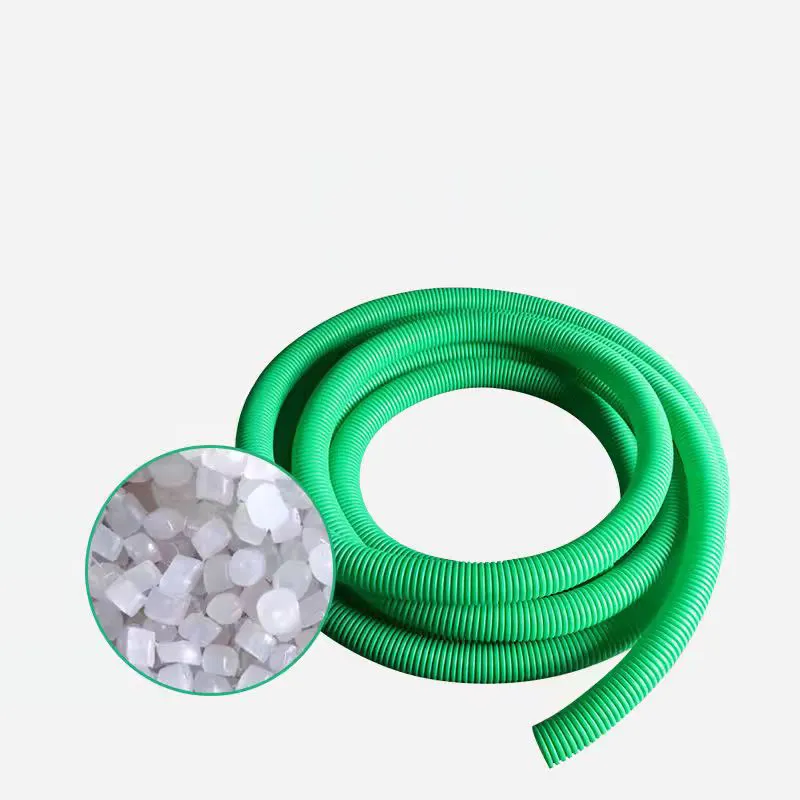1. Electrofusion Fittings
Electrofusion fittings have embedded heating coils that, when electrically energized, melt the pipe and fitting together, creating a strong, leak-proof joint. These PE pipe fittings are particularly reliable for high-pressure systems.
Common Types
①Couplers
③Tees (Equal or Reducing)
④Reducers
⑤End Caps
Applications
High-pressure systems like gas distribution and water supply, where robust poly pipe fittings are essential.
2. Butt Fusion Fittings
Butt fusion fittings connect polyethylene pipes by melting the pipe ends and pressing them together under controlled conditions. This method is widely used with both HDPE and LDPE PE pipe fittings.
Common Types
①Straight fittings (for length extensions)
③Tees
Applications
Municipal water and wastewater systems.
Long-distance pipelines requiring durable poly pipe fittings.
3. Compression Fittings
Compression fittings create a secure joint without heating or welding. These fittings are a convenient option for medium and low-pressure applications, often labeled as poly pipe fittings.
Common Types
①Compression couplings
②Compression tees
③Compression elbows
Applications
Low-pressure applications like irrigation and gardening systems.
Temporary or easily removable systems using PE pipe fittings.
4. Mechanical Joint Fittings
Mechanical fittings are designed to connect polyethylene pipes with minimal effort, often using bolts and seals. These poly pipe fittings are ideal for industrial setups.
Common Types
Mechanical couplings
Transition fittings (PE to steel, copper, or PVC)
Applications
Industrial pipelines requiring reliable PE pipe fittings.
Gas distribution networks with mixed-material connections.
5. Flanged Fittings
Flanged fittings connect polyethylene pipes to pumps, valves, or other metal piping systems using a flange and bolts. This type of poly pipe fittings is often used in high-volume pipelines.
Common Types
①Stub-end flanges
②Flanged adapters
Applications
Large-diameter pipelines.
Connections to equipment in industrial setups that require versatile PE pipe fittings.
6. Quick-Connect Fittings
Quick-connect fittings allow for easy and tool-free connection and disconnection of polyethylene pipes. These fittings fall under lightweight poly pipe fittings for convenient installations.
Common Types
Push-to-connect couplers
Quick-connect valves
Applications
Small-diameter pipes in irrigation, gardening, or low-pressure systems.
Portable water distribution systems using PE pipe fittings.
7. Injection-Molded Fittings
Made from the same material as the pipe, these fittings are commonly used in both butt fusion and electrofusion systems. Injection-molded fittings are a cost-effective type of PE pipe fittings.
Common Types
①Elbows
②Tees
③Reducers
Applications
Water supply networks.
Gas transmission systems that rely on injection-molded poly pipe fittings.
8. Transition Fittings
Designed to connect polyethylene pipes to pipes or fittings made of other materials like steel or PVC. Transition fittings are essential PE pipe fittings for hybrid pipeline systems.
Common Types
①PE-to-metal fittings
②PE-to-PVC fittings
Applications
Mixed-material pipelines in gas and water supply.
Industrial setups requiring versatile poly pipe fittings.
Factors for Choosing Poly Pipe Fittings and PE Pipe Fittings
1. Application Type: High-pressure applications often require electrofusion or butt fusion PE pipe fittings, while low-pressure systems use compression fittings.
2. Pipe Diameter: Larger pipes typically demand flanges or butt fusion poly pipe fittings.
3. Environmental Conditions: Ensure resistance to UV, chemicals, or extreme temperatures.
4. Compliance: Always use poly pipe fittings that meet relevant standards (ISO, ASTM, or local codes).
Choosing the right poly pipe fittings and PE pipe fittings ensures compatibility and reliability across a variety of applications. Whether it’s gas distribution, water supply, or irrigation, using high-quality fittings tailored to the pipeline system’s needs can significantly improve performance and safety.
657.webp)
124606.webp)
748657.webp)






294.webp)
476.webp)
420.webp)
146.webp)
460.webp)
287.webp)
274.webp)
688.webp)


